AT RAVENS NEST NATURE SANCTUARY
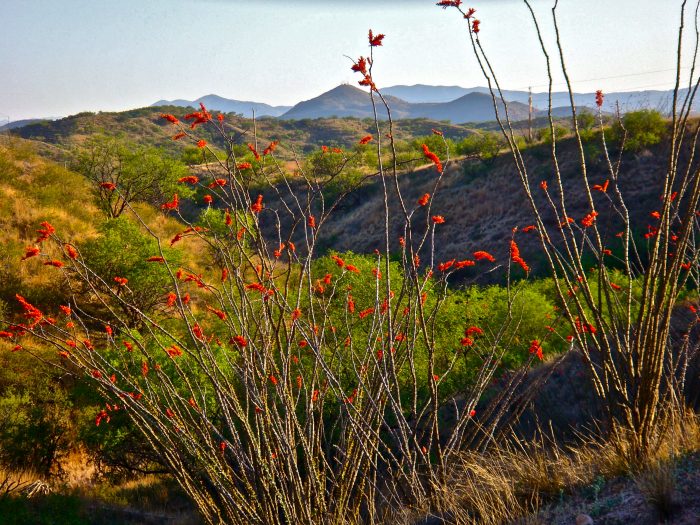
Based at 4000 feet in elevation, Raven’s Nest Nature Sanctuary affords you a wide range of climatic choices with very distinct seasons. All the contrasting seasons have their unique Sky Islands charm resulting in a diverse Nature caleidoscope throughout the year that is absolutely striking! Our Nature Sanctuary hosts ongoing shifts in the seasonal Migratory Birds, including the arrival of the distinct “Mexican Specialties”, the emergence of the resilient wildlife during the amazing Monsoon season, the seasonal development of spectacular wild flowers, and much more!
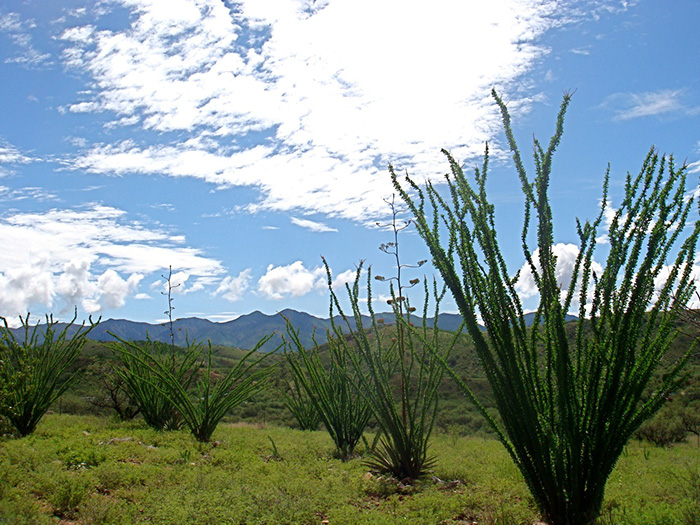
Whether you are a Birder with an ongoing “Lifer Wish List”, or you are looking to add as many Sky Islands and “Mexican Specialties” to your “Life List” as possible, or you are a Naturalist looking to explore and learn about the unique biodiversity of the Sky Islands region, or you are like most – eager to experience first-hand the renowned Sky Islands Birding & Biodiversity – Raven’s Nest Nature Sanctuary awaits!
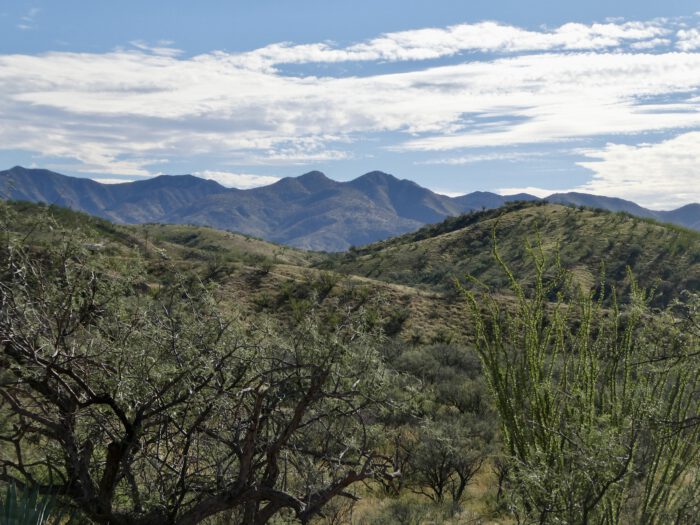
OUR WINTER

WINTER starts in December, with awesome cooler weather heralding in our mild Winter season! In late December our daytime highs range from the mid 60’s to low 70’s, with nighttime lows in the high 20’s to high 30’s. Gentle Winter rains occasionally pervade the region, especially during an “El Nino Winter”, leading to sometimes spectacular wildflower displays during Spring.


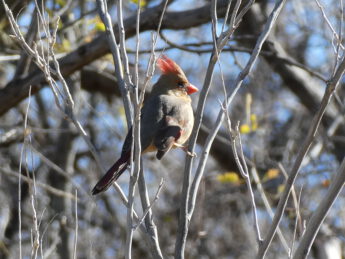
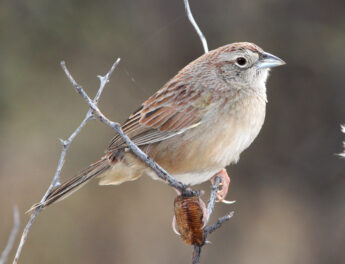

Rarely, we have also enjoyed a great winter surprise at Raven’s Nest Nature Sanctuary – a welcome and delightful dusting of snow in December – generally melted by noon. Sunny winter days with blue skies are the norm at Raven’s Nest Nature Sanctuary in January and February, with occasional colder fronts that only last a few days at most. Typically, our daytime highs average around the mid 60’s with nighttime lows ranging from high 20’s – mid 30’s. Gradually the temperatures increase daily. February is usually very sunny with daytime temperatures in the high 60’s or low 70’s – very pleasant for Winter – with nighttime temperatures in the low – high 30’s.

Some Winter highlights include:
- Arrival of many wintering Ducks and other waterbirds
- Awesome Astronomy during the cold, crips winter nights, with spectacular celestial views of stars, planets, and deep sky objects.

Depending upon the amount and frequency of our winter rains, the emergence of spring wildflowers in late February can be abundant. Dozens of species of wildflowers carpet Deserts and Grasslands alike.
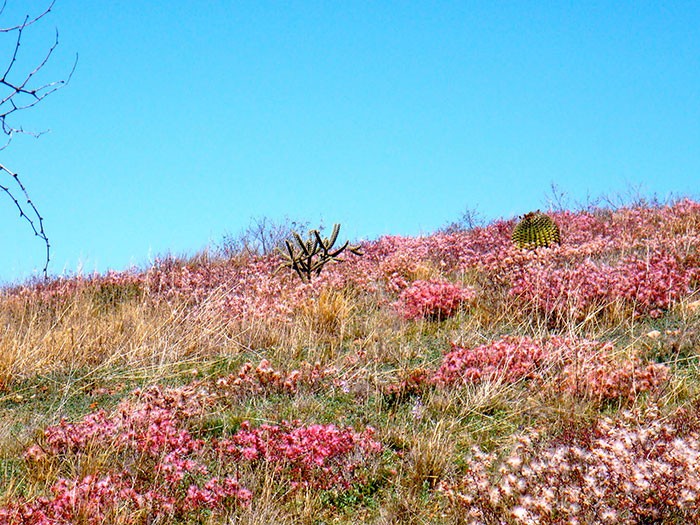

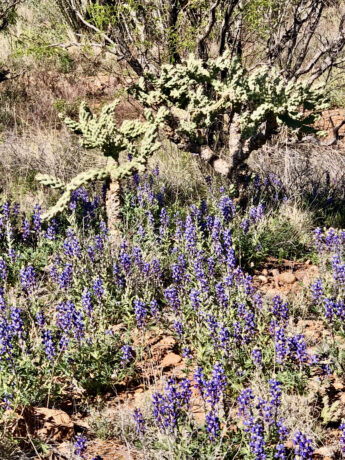
OUR WET SPRING

Starting anywhere from mid-February to the end of March or so we often have a relatively lush Spring. Temperatures in March fluctuate from the mid – high 70’s during the day and the high 30’s – low 40’s at night.
Some Wet Spring highlights include:
- Blooming of dozens of species of spring annual and perennial wildflowers, sometimes spectacularly carpeting the ground
- Influx of migrating birds including many Warblers, Flycatchers, Hawks, and Hummingbirds
- Arrival of the “Mexican Specialty” bird species, such as Gray Hawk and Elf Owls
- Luxuriant Ocotillo stands, attracting many bird species to their nectar and pollen




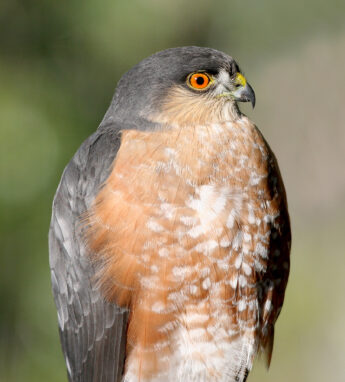
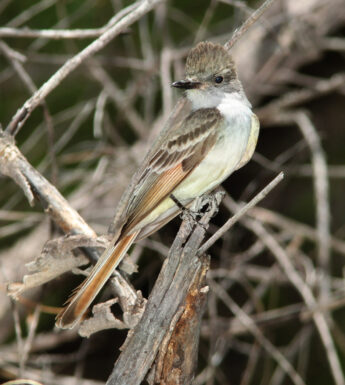



April and May are peak spring migration times for many bird species. Along with lingering wildflowers, butterflies, and nature’s abundance, they all provide a serious glimpse into our fabled Sky Islands biodiversity. Raven’s Nest Nature Sanctuary boasts an abundance of resources in the wilderness including Wild Medicinal and Wild Edible plants. Blooming ocotillo, migrating birds including many Warblers, Flycatchers, Hawks, and Hummingbirds lead to very exciting Birding until the end of May.
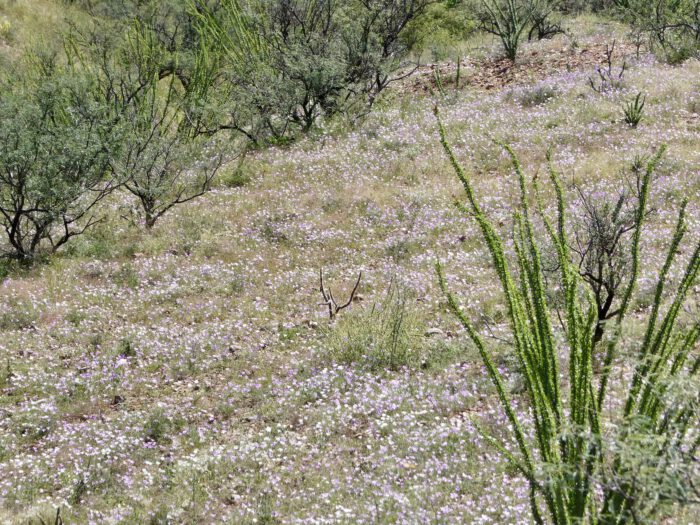
OUR DRY SPRING

Dry Summer highlights include:
- Blooming Prickly Pear, Cholla, and other succulents
- Emergence of some Monsoon season species, including many fascinating Invertebrates
- Arrival of late bird migrants, including Varied Bunting, Blue Grosbeak, and Yellow-billed Cuckoo
From late May through June, Raven’s Nest Nature Sanctuary welcomes the arrival of late bird migrants including Varied Bunting, Blue Grosbeak, and Yellow-billed Cuckoo.




OUR AWESOME MONSOON SEASON


From about July 4th through the end of September we often have conditions conducive for brief, though sometimes significant and beautiful thunderstorms. It is now that life – both plants and wildlife – truly begin to flourish in the Sky Islands!
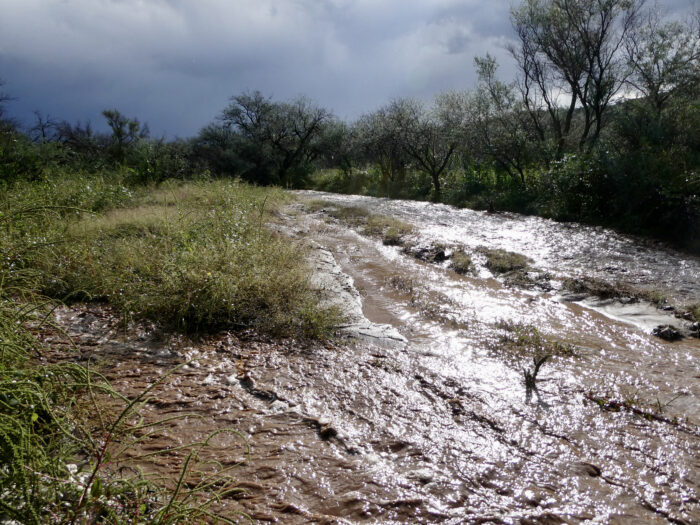
In July our daytime highs reach the high 80’s to the high 90’s, with nighttime lows in the mid to high 60’s. Daytime highs during August, the peak of Monsoon season can vary quite a bit from hotter days reaching into the 90’s to other periods where 80’s are more the norm. Nighttime lows usually hover around mid – high 60’s – very pleasant sleeping weather. Each storm or cloud cover brings with it very amenable, cooler temperatures. The lushness and beauty our monsoon season is magnificent!
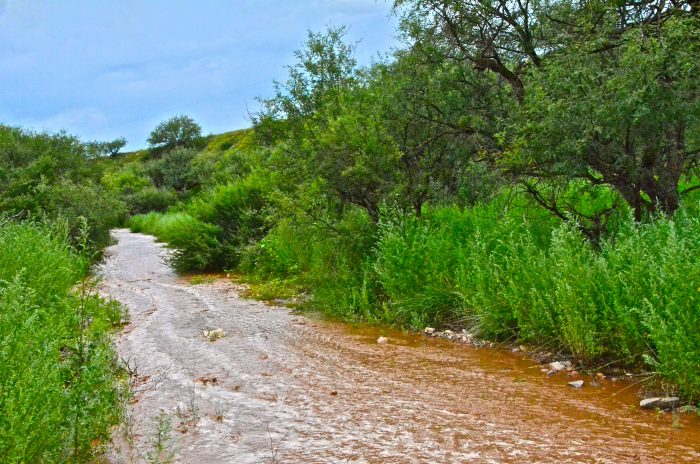
Every year we are delighted, amazed and surprised by the unexpected lushness and beauty of our abundant Monsoon season at Raven’s Nest Nature Sanctuary ! Peak bird migration occurs in August and September for many bird species, while summer wildflowers lend their beauty to an already lush season.



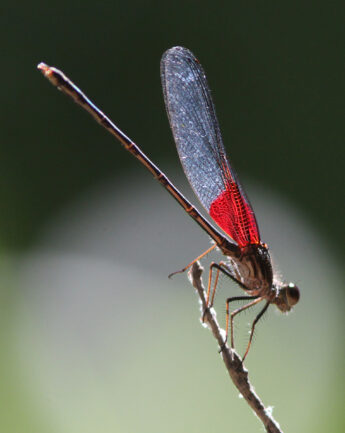

The awesome Monsoon abundance is all around at Raven’s Nest Nature Sanctuary with a wide diversity of colorful wildflowers, nesting birds – some on their second or third nest! For Naturalists interested in witnessing the famous Sky Islands Biodiversity, this is a fantastic time of the year to enjoy peak reptile diversity, including many Lizards, breeding Frogs and Toads, an abundance of Coues Whitetail and Mule Deer giving birth and raising young, etc.


Monsoon season highlights include:
- A diversity of colorful wildflowers
- Nesting birds – some on their second or third nest!
- Peak reptile diversity, including many Lizards
- Breeding Frogs and Toads
- Coues Whitetail and Mule Deer give birth
- Peak Autumn Bird migration in August and September
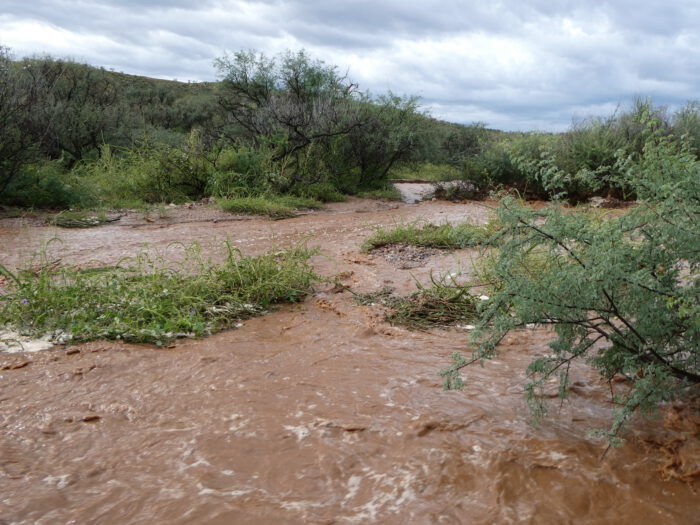
OUR FALL

Cooler temperatures, migrating birds aplenty, including the influx of some wintering species, blooming members of the Aster family, Fall colors on a variety of deciduous trees, and peak abundance of Wild Edible Plants in our harvest season. November is often often our driest or second-driest month and can experience rather large temperature swings.

By the beginning of September, daytime highs settle into the high 80’s to low 90’s with night temperatures in the low to mid 60’s. By the end of September temperatures usually settle into the low 80’s for daytime highs, while nights range from the high 50’s to mid 60’s. The lushness of Monsoon season is still in evidence!
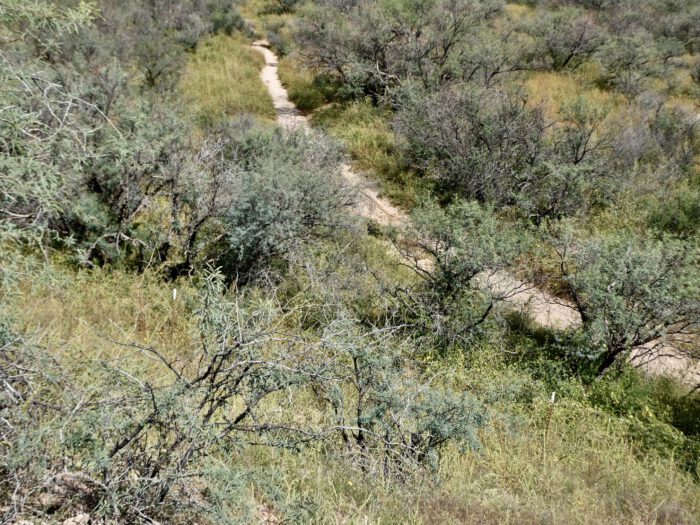
During years when we are fortunate to enjoy an abundant Monsoon season, the amazing lushness is still in evidence at the beginning of October, when a few late storms may add to it. October is a beautiful month with more stable and predictable weather, as rains cease to enter our area. Daytime temperatures usually settle between the low 80’s, while nights range from the mid – high 50’s.


November is often our driest or second-driest month and can experience rather large temperature swings. Early November daytime temperatures usually settle between the high 70‘s -low 80’s, while nights range from the mid 40’s – mid 50’s. Thanksgiving temperatures are in the low 70’s, while nights range from the low to mid 40’s. December is often our coolest month and along with November can experience rather large temperature swings.
Autumn highlights include:
- Migrating birds aplenty, including the influx of some wintering species
- Blooming members of the Aster family
- Fall colors on a variety of deciduous trees
- Peak abundance of Wild Edible Plants in our harvest season

The renowned Sky Islands Biodiversity comes to the fore every year at Raven’s Nest Nature Sanctuary during it’s diverse weather and all the awesome changes throughout every season! You will experience the amazing contrasts at Raven’s Nest Nature Sanctuary all year round!
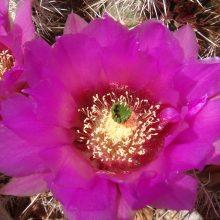
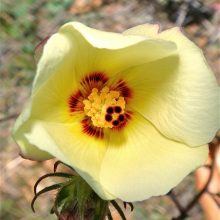
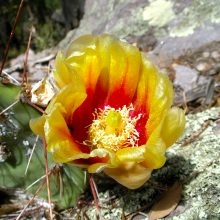
RAVENS-WAY WILD JOURNEYS HAS BEEN FEATURED IN:
- Patagonia Regional Times – August/September 2019 Read Article
- Nogales International – September 1, 2017 Read Article
- Green Valley News – September 18, 2017 Read Article
- The Vermillion Flycatcher – Tucson Audubon Society Read ArticleAR
